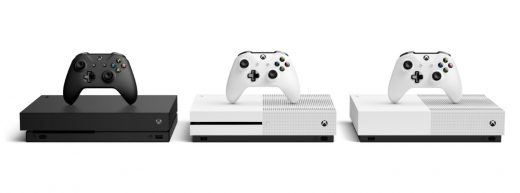Console gaming is at a crossroads
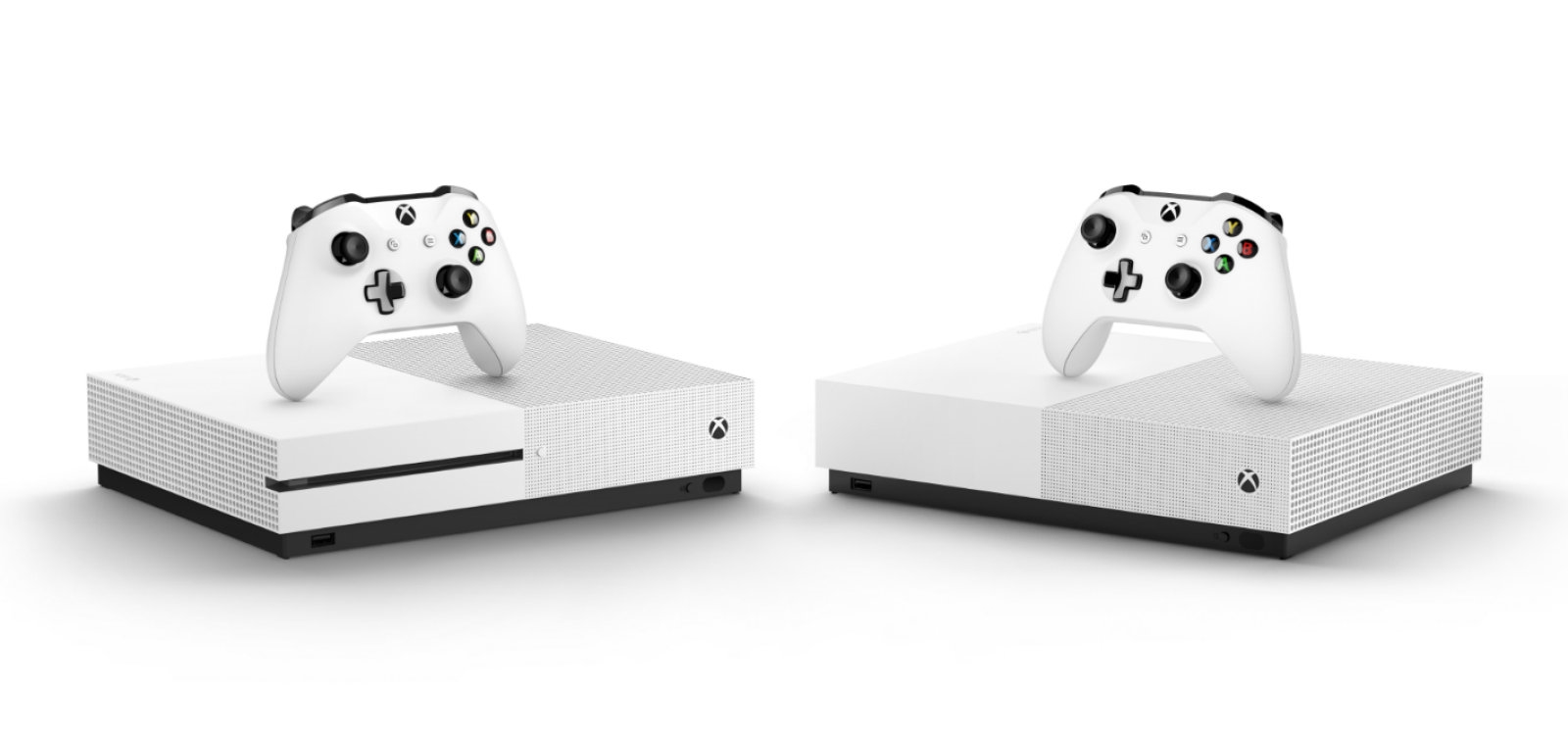
Sony and Microsoft have been walking the same path for nearly 20 years, when it comes to gaming hardware. Instead of leaves, shiny silver game discs dangle from the trees, while black and white boxes of varying sizes line the underbrush, covered in decades of debris and Doritos dust. Both companies know this trail well — but it’s about to split in two.
Microsoft is taking the right fork. This one doesn’t have game discs at all: The latest Xbox, revealed just this week, is called the One S All-Digital Edition and it’s designed for online, download-centric gaming. It doesn’t have an optical drive.
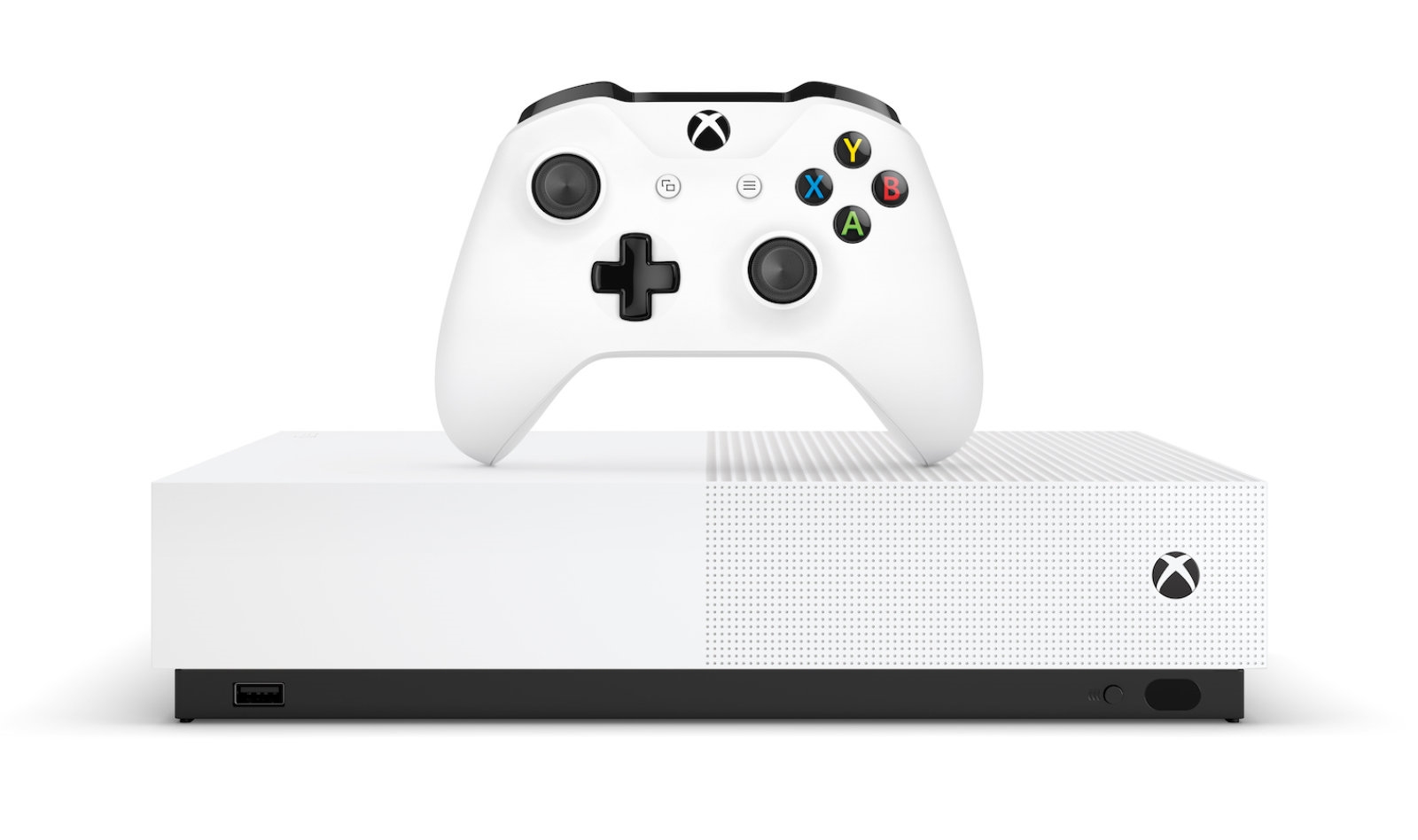
Sony, meanwhile, is staying the course. The path forward is clear and well-trod, but it’s also slightly brighter and more crisp than the road behind. The next PlayStation, known as the PlayStation 5 for now, is an upgraded version of its existing hardware, promising to run faster and smoother than the PlayStation 4 Pro, with support for 8K graphics and 3D audio. It has an optical disc drive.
Physically, the optical drive is a small feature, but it represents a gigantic shift in the video game ecosystem. Streaming video games are on their way, whether established broadband networks are ready or not, and the industry is moving toward a borderless, cross-platform, digital-focused marketplace.
Sales of physical media have been steadily declining for the past decade, according to Statista. In 2009, 80 percent of all game sales came from physical discs and cartridges, and just 20 percent was digital. By 2017, those figures had swapped, with 80 percent of the industry’s software sales stemming from digital transactions. Even Nintendo, a company that’s been historically reluctant to add online features to its games and consoles, has finally embraced modernity with the Switch, allowing cross-platform play, adding online features and building out its digital store.
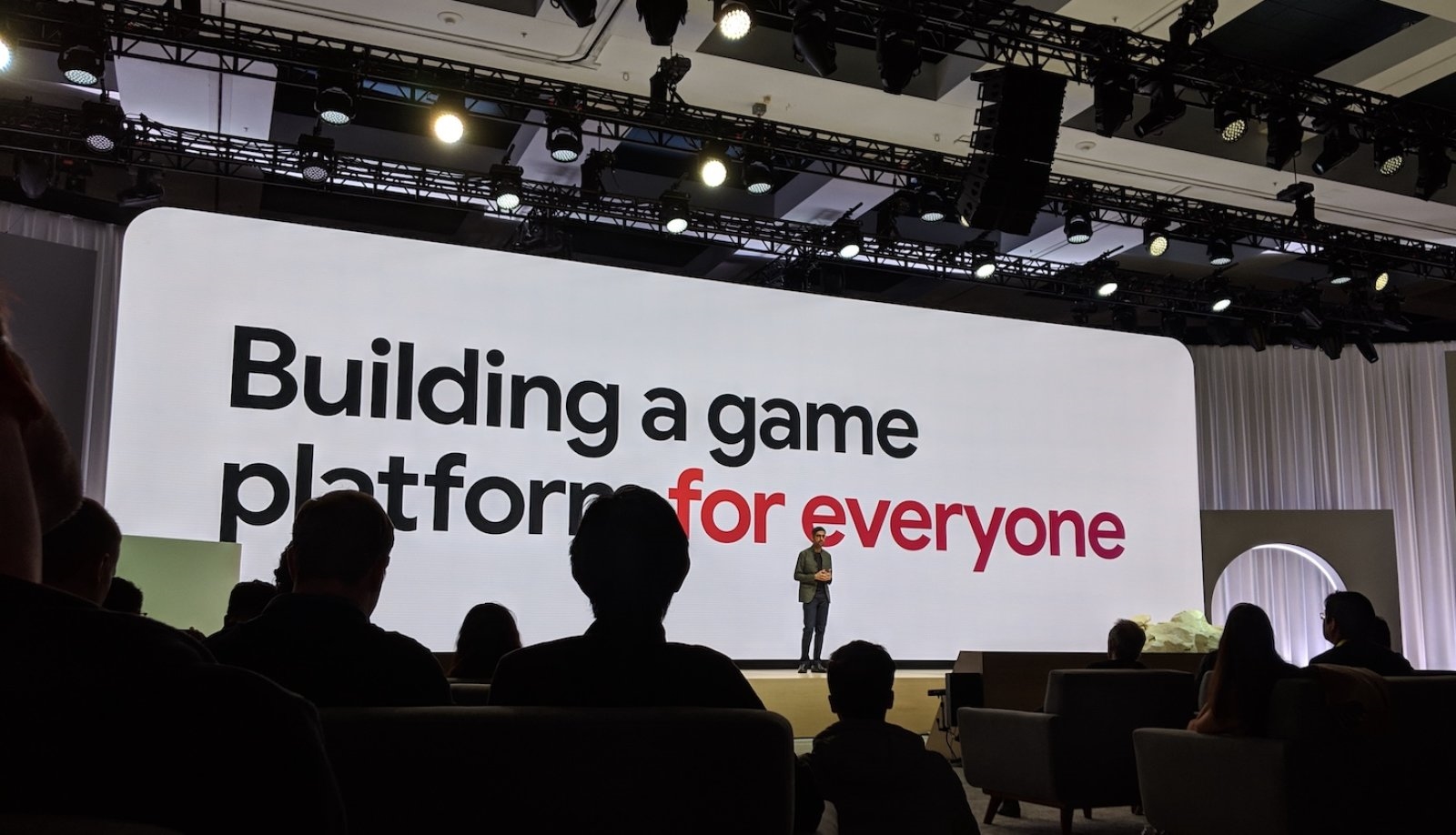
And then there’s the new competition. Google recently revealed Stadia, a device-agnostic game-streaming service with aggressive goals, such as loading a game in under five seconds, from a link, in a Chrome browser on any device with a screen. Google promises streams at up to 4K and 60fps with HDR, with no lag and a slew of built-in social features. Stadia is due to roll out later this year.
This is the reality that Microsoft and Sony are contending with as they prepare to launch their next consoles. Microsoft, a company with cloud technology to rival Google, is happy to embrace the digital age. The Xbox One S All-Digital Edition is a console built specifically for this awkward transition period, with the ghost of physical media clinging to the industry’s shirtsleeves. There’s no graphics upgrade here — the All-Digital Edition is simply an Xbox One S, sans an optical drive. The benefit for consumers, Microsoft argues, is the price — the console runs $250 and it will always cost $50 less than the Xbox One S.
The All-Digital Edition is a vessel for Microsoft’s online subscription services, Xbox Live Gold and Game Pass. Xbox Live Gold unlocks online multiplayer capabilities in many games — a necessary feature for the top titles of the day, including Fortnite, Overwatch, PUBG, Rainbow Six Siege, Rocket League, Grand Theft Auto Online, Apex Legends and Minecraft. Gold costs $60 a year. Game Pass, meanwhile, grants access to a library of more than 100 games, all available to download and play as long as your subscription is active. Game Pass is $10 a month, or $120 a year.
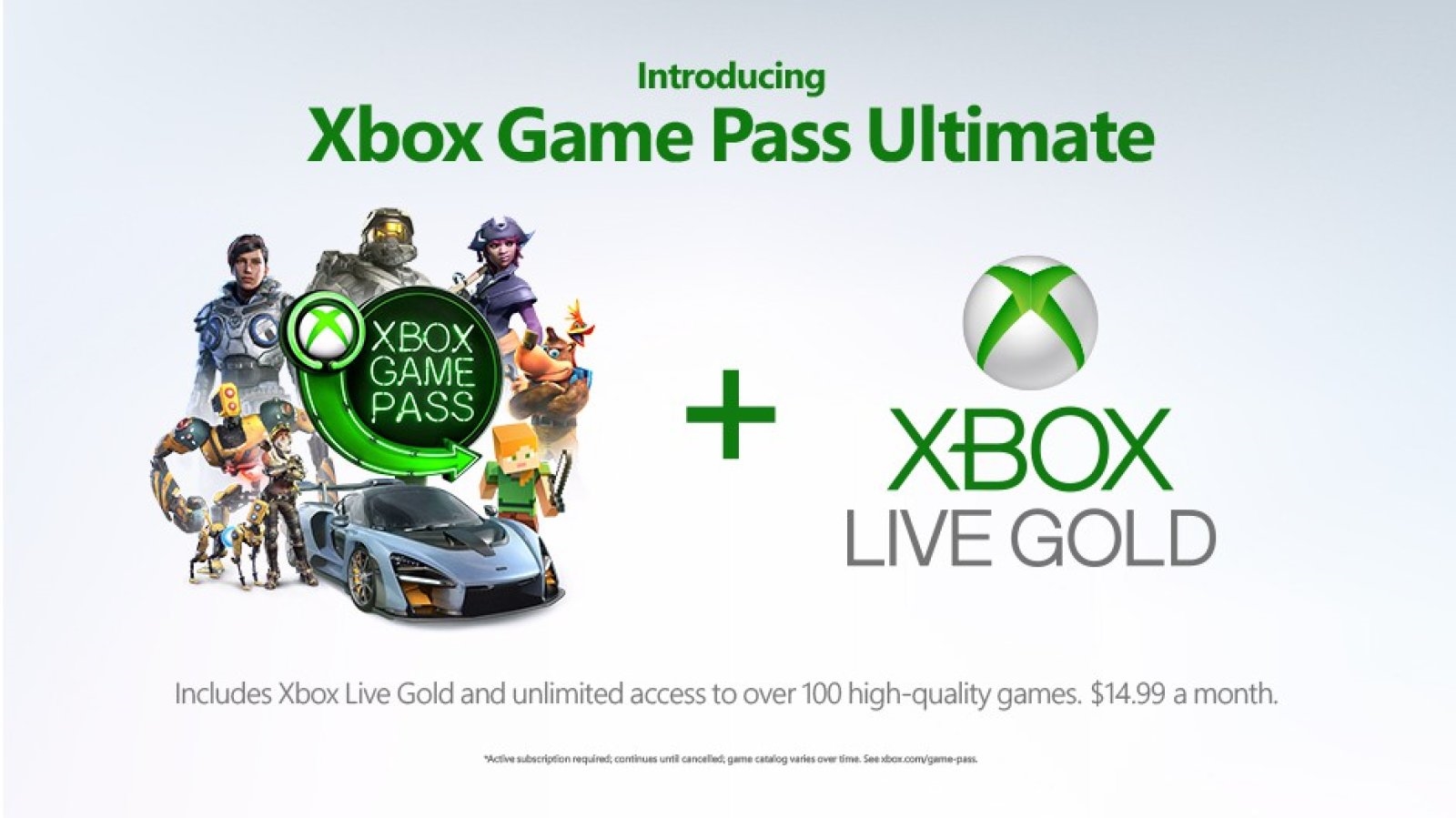
This week, Microsoft revealed Game Pass Ultimate, a bundle that combines Xbox Live Gold and Game Pass into a single subscription of $15 a month, or $180 a year. That’s the same price as buying Gold and Game Pass separately, by the way. It’s no coincidence this announcement was paired with the reveal of the All-Digital Edition, which is made for online-focused gaming.
Microsoft has its eyes on launching its own games-streaming service. Project xCloud is its version of Google Stadia, for all intents and purposes, and it’s set to enter beta this year.
This has all been a long time coming for Microsoft.
This has all been a long time coming for Microsoft. When it announced the Xbox One in 2013, it pitched the console as an “always-on” device that would be regularly connected to Microsoft servers, offering on-the-fly updates and digital downloads galore. But, players hated the idea of forced connectivity and after a few weeks of pushback, Microsoft reversed course and announced the Xbox One would function just like a traditional console, no online functions required.
At the time, Sony was soaking in schadenfreude and pitching the PlayStation 4 as something familiar but better, no internet connection required and no restrictions on game sharing. Sony trolled Microsoft with a skit demonstrating how easy it was to share used games, something that sounded complex in the Xbox One’s always-on, digital-focused biosphere. In the video, a Sony executive simply handed a game disc to another executive.
That video was uploaded to YouTube on June 10, 2013. According to Statista, 2013 is the first year that digital video game sales overtook physical, claiming 54 percent of the market.
It’s now 2019 and Sony is sticking to its traditional strategy, one that has bolstered the console industry for generations. Designed by legendary hardware architect Mark Cerny, the PlayStation 5 is a powerful machine built to rival most gaming PCs, with a third-generation, 8-core Ryzen CPU built on Sony’s 7nm Zen 2 microarchitecture. A custom GPU enables ray-tracing and 3D immersive audio, and the console will have an SSD that drastically reduces load times. It’ll also support graphics up to 8K, a goal that no game today comes close to hitting. All of this, plus the new console is backward compatible with PS4 games and the PlayStation VR headset.
Still, the most notable aspect of the PS5 is its optical drive. Sony is banking on the long tail of physical game sales and the collections of discs that players have accumulated over the years. While Microsoft and other companies are attempting to get ahead of what’s next, Sony is banking on familiarity.
This isn’t a bad bet. One of the (many) reasons Microsoft had such a hard time selling the Xbox One as an always-on console in 2013 was the fact that it was different. Change, while constant and often good, is inherently scary on a mass scale, and Microsoft did a poor job of assuaging these fears and presenting a clear future improved by its hardware. In comparison, the PS4 looked like a stable, desired upgrade and Sony seemed like a savvy company biding its time.
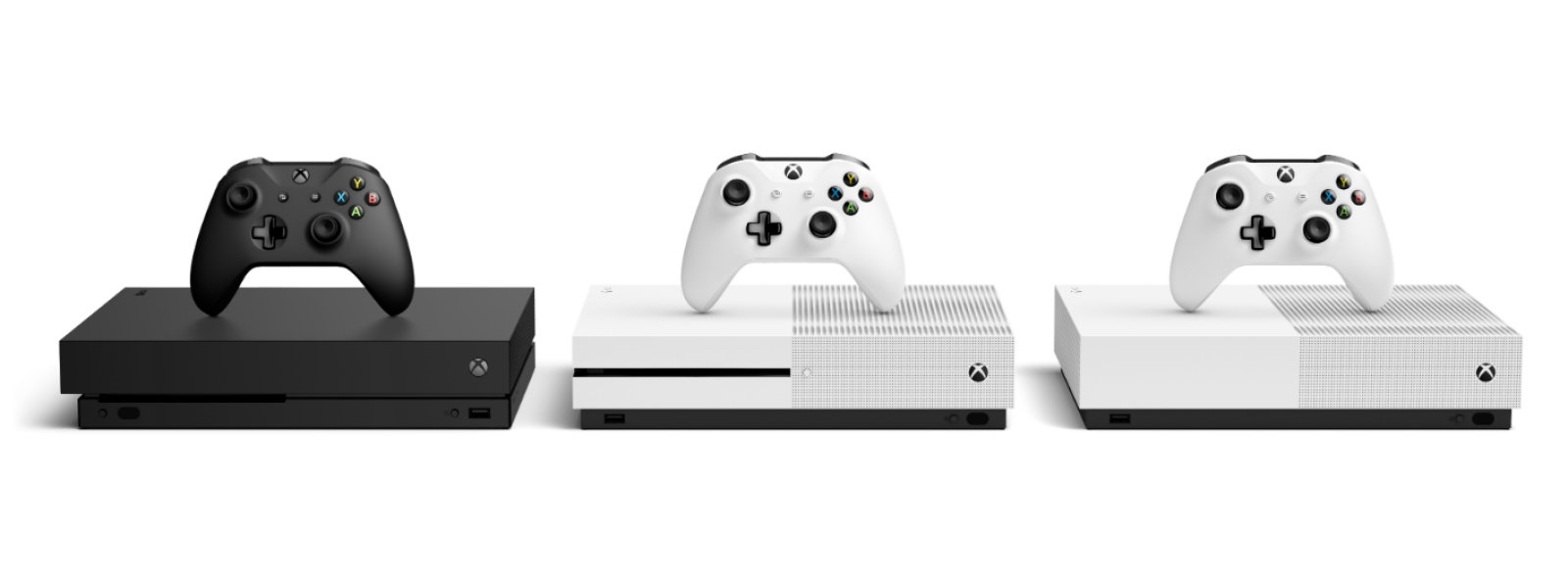
Today, Microsoft doesn’t have to convince consumers that digital media is the future — because it’s the present. An all-digital Xbox One S makes perfect sense today, in a market dominated by downloaded games and online play, and it sets the stage for Microsoft’s true goal: getting players hooked on subscription services and, eventually, its own Netflix-style games-streaming system.
PlayStation Now still doesn’t work well enough.
Cloud gaming isn’t a foreign concept to Sony. It purchased a few streaming companies in the industry’s early days and launched PlayStation Now, a cloud-gaming subscription service, in January 2015. It worked, but not well — streamed titles tended to be littered with latency and gameplay issues, when they loaded at all. As of early 2019, PlayStation Now still doesn’t work well enough to be the proof-of-concept that game-streaming needs. Sony is keeping it alive, though, charging $20 a month or $100 a year.
It’s unclear how much the PS5 will cost, but considering the specs and based on historical pricing patterns, it’ll likely be much more than $250, the price of the Xbox One S All-Digital Edition. The PS5 is significantly more powerful than the All-Digital Edition. Plus, it has an optical drive (though that may not be worth much, after all).
As they approach the fork in the road, Sony and Microsoft are focused on different features. Sony’s head is down, studying the systems that work now and have worked for generations, improving on them in expected, yet still highly anticipated ways. Microsoft is looking ahead. It’s attempting to build a different future, and it’s taking a risk by removing its gaze from the beaten path. There’s a ton of momentum behind streaming and all-digital gaming right now, but these services could fail. Broadband and mobile networks may not be ready for low-latency, stutter-free cloud gaming, even in 2019. In fact, it’s probable they’re not. Microsoft is preparing for this future regardless, eyes up and more likely to trip — but that might be exactly why it saw the branching path in the first place.
(40)

